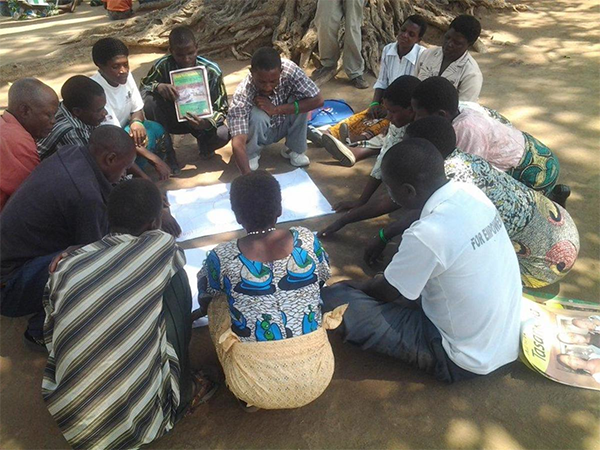
Scaling Up Routine Early Infant Male Circumcision Within Maternal, Newborn and Child Health
In this webinar, held Jan. 28, 2015, global health experts considered…
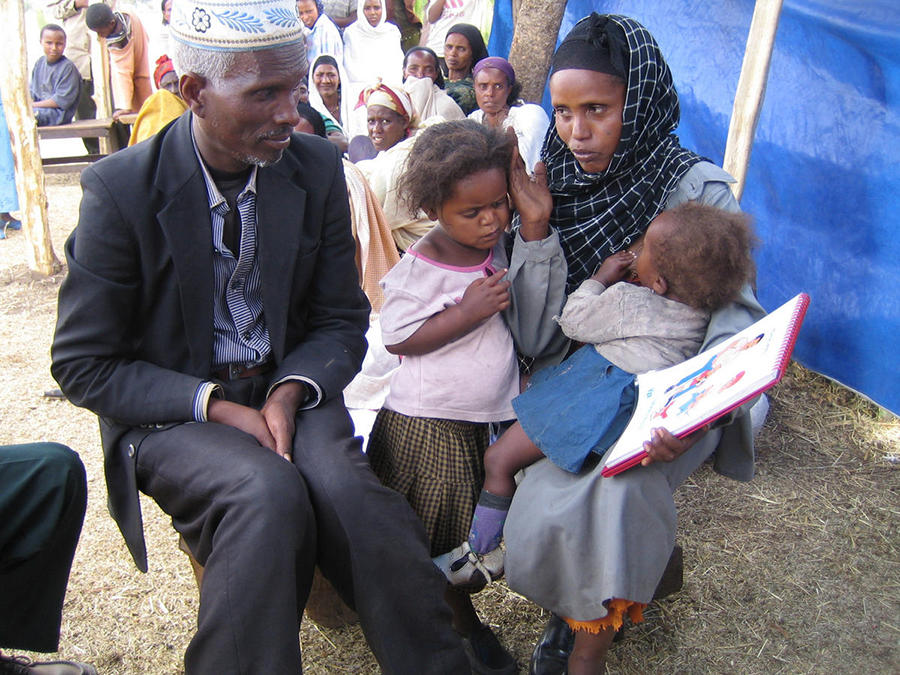
The Role of Faith-Based Communities in Social and Behavior Change Communication Programs for Child Survival
This webinar, presented on January 15, 2015, provided insight…

Innovation Webinar 7: Social Media Analysis and Health Communication
The seventh Health Communication Innovation webinar, Social…

University Initiative Webinar - Models of University Engagement with Practice
University Initiative Webinar “Models of University Engagement…
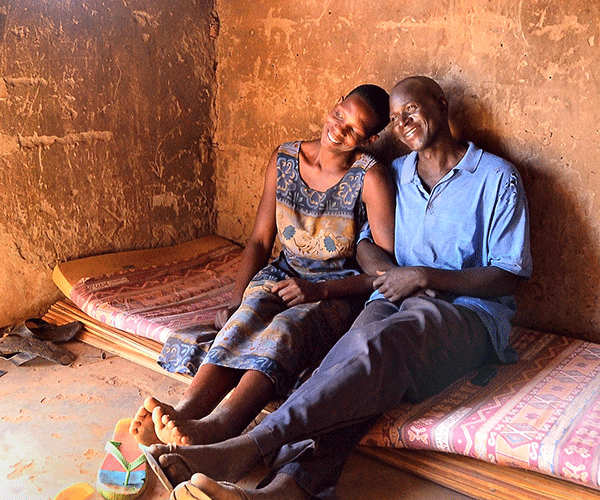
Webinar: Women and Voluntary Medical Male Circumcision
Presentations and recording of the Nov. 19, 2014, webinar:
VIEW: Webinar Recording |…

Webinar: Strengthening Measurement and Evaluation for Malaria Social and Behavior Change Communication
Presentations and resources from the November 12, 2014 webinar.
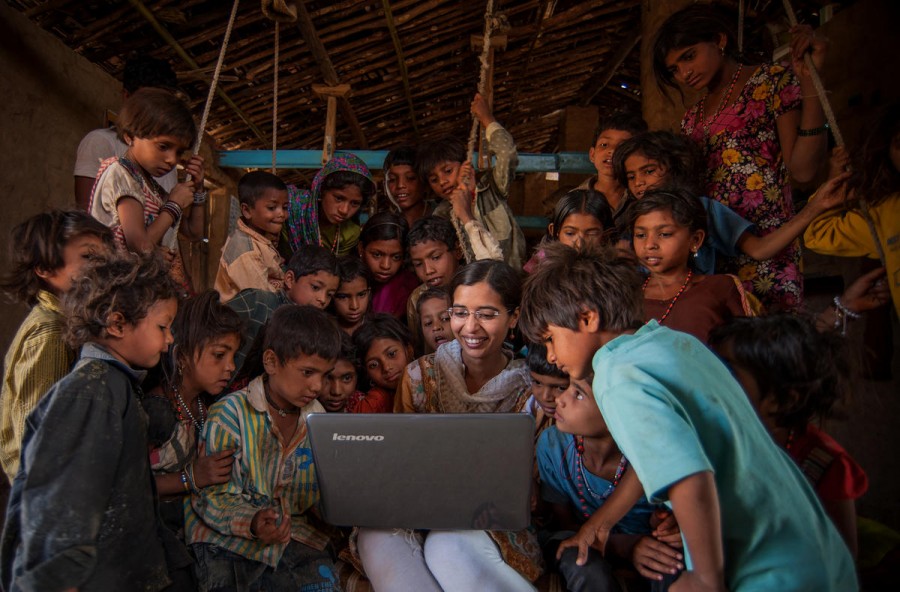
Quick and Accurate Learning Assessments for Low Resource Settings
The webinar Quick and Accurate Learning Assessments for Low Resource Settings was presented on September 23, 2014 and focused on conducting a needs assessment for performance improvement. Dr. Sharon Marie May, Sr. Manager, Leadership Development – Management Sciences for Health, presented.
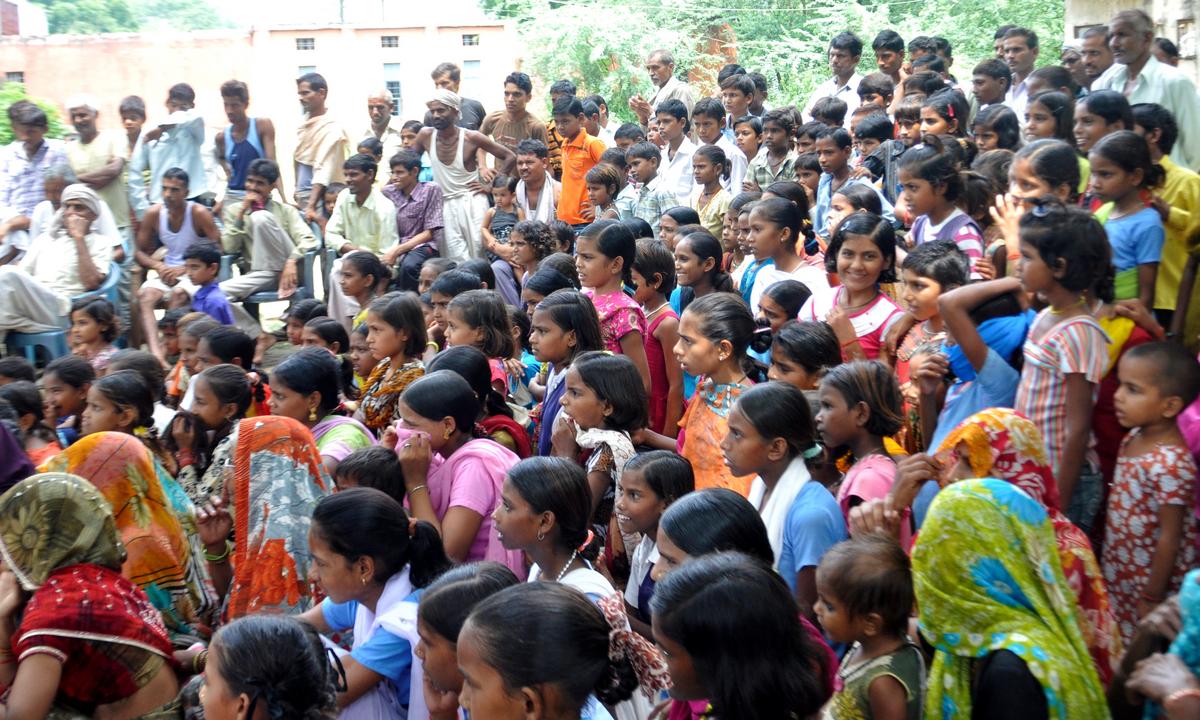
Innovation Webinar 6: Social Drama and Health Communication
On September 16, 2014 HC3 held an Innovation webinar focused…
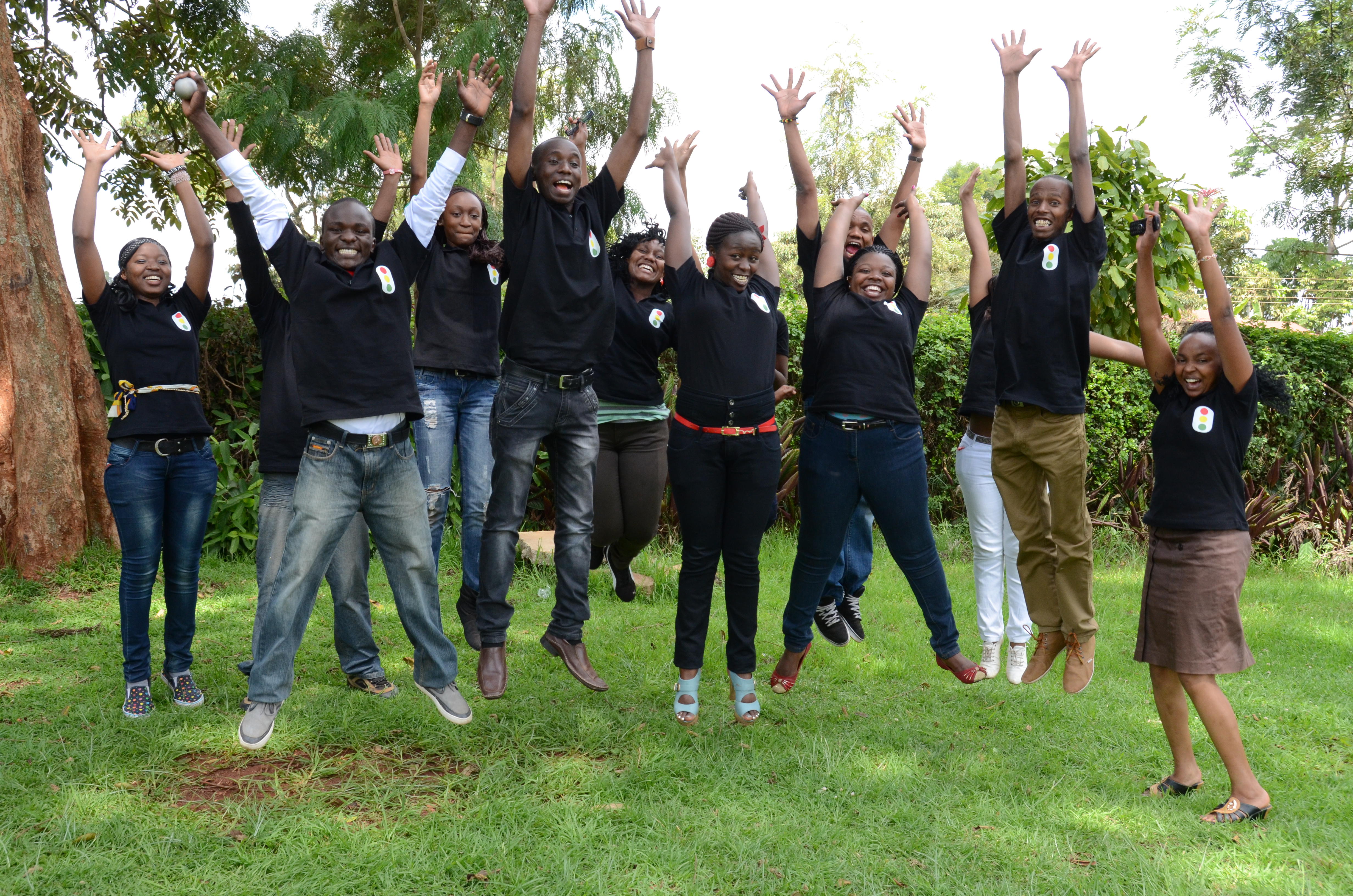
Health Communication in the Curriculum webinar
On September 5, 2014 the first HC3 University Initiative Webinar was conducted on Health Communication Pedagogy.

Strategic Roles for Health Communication in Combination HIV Prevention and Care Programs
Co-sponsored by the CFAR Prevention Core and Health Communication…

Impact of Community Level Factors on HIV Outcomes
On July 1, HC3 held the third in a series of four webinars focusing on different aspects of HIV and health communication. Presentations focused on community level factors shown to impact HIV, what they are and what effect they have; community-level determinants that potentiate or mitigate HIV outcomes among key populations; and included an example of a community-based project that aimed to reduce HIV transmission and stigma in Mozambique by targeting social and gender factors.
